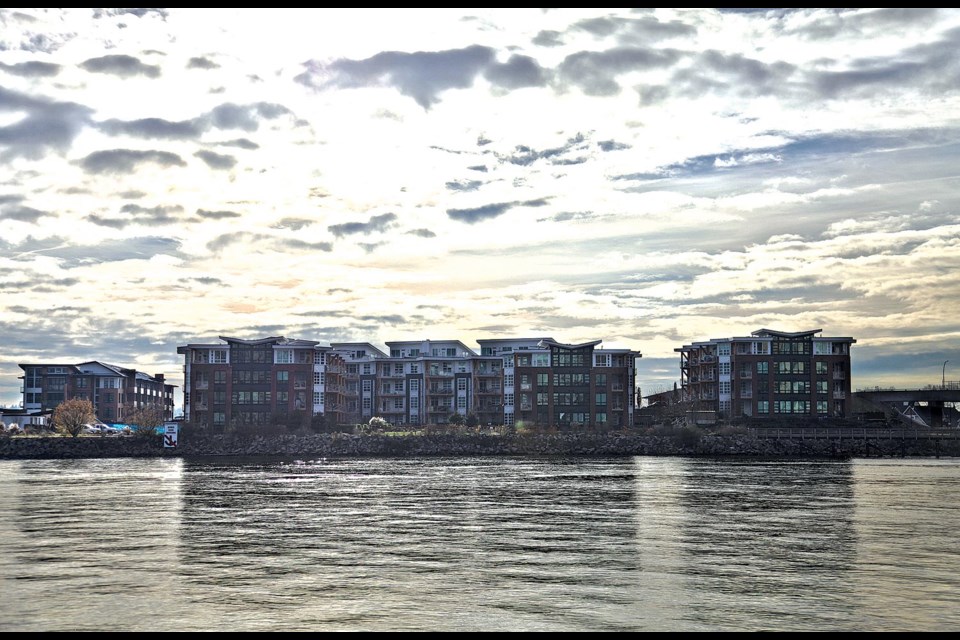Gaze across the Fraser River, and from the west emerges a tiny island. From New Westminster, Queensborough appears relatively quiet.
This is how it’s always been in Queensborough. As local historian Jim Wolf so eloquently put it, “In its splendid isolation, this neighbourhood developed a unique community spirit that was made even more remarkable by its cultural diversity.”
But as the ‘Boro enters its adolescence it’s begun to shed the isolation it is known for.
Queensborough was originally the name chosen for the city in 1859, but there was much opposition to this decision and eventually an alternative was chosen – New Westminster.
Nearly 30 years later, in 1888, Queensborough became an official part of New Westminster. Prior to its amalgamation into the Royal City, Queensborough, or Lulu Island as it was called, was a government reserve established to protect the area from possible invasions from the South. While there was a small population of First Nations who occupied the land, Queensborough remained, for the most part, untouched.
It was mainly a farming community, but by the late 1930s residential growth began to increase, requiring the construction of a larger Queen Elizabeth Elementary School.
During the war, a number of factories, including the Canadian Pacific Airplane plant and Mercer’s Starshipyards, opened in Queensborough, drawing more workers and their families to the suburb.
But even as development across the river boomed through the postwar years, the small suburb remained.
According to a New Westminster planning department report, the total value of building permits in Queensborough from 1961 to 1974 was about $3.2 million – only a fraction of the values seen in other neighbourhoods in the city.
Today, however, both the landscape and the demographics of Queensborough have changed. It’s no longer the shy younger sister of the Royal City; instead it’s a booming community, which has seen a 20.5 per cent increase in its population since 2001.
Queensborough also takes the cake in terms of diversity. Since the early 1900s, Queensborough has been a magnet for immigrants because of cheap land costs.
“It appealed to a lot of these ethnic groups that were new immigrants to British Columbia. … They saw the opportunity to buy land relatively cheaply, close to the city, gave them an economic advantage because the land there could support great food crops and small gardens,” Wolf said.
New Queensborough residents were able to work in the factories nearby and return home to a plot of land that produced most of the food they needed to survive.
This established an independent community that kept to itself, but as time went on farmland was sold and new homes and subdivisions were built. With residents no longer growing their own food and about two stores on the island, Queensborough residents were forced to travel outside their neighbourhood for shopping, food and entertainment.
Enter Queensborough Landing.
The big-box retail pavilion opened in 2003, giving Queensborough residents access to shopping, food and entertainment without having to leave their ‘hood.
The development not only attracts Queensborough residents but shoppers from all over the Lower Mainland. The shopping centre is one of its kind for New Westminster and helped put Queensborough on the map.
But the unique feature of Queensborough today remains its small town charm. While horses and cattle no longer roam free as they did when it was a farming community, it continues to be the neighbourhood where everyone knows everyone, even with the booming population. As development continues and city council works to link create a pedestrian link between the ‘Boro and Quayside, it’ll be interesting to see if Queensborough will continue to be the isolated neighbourhood across the river.



